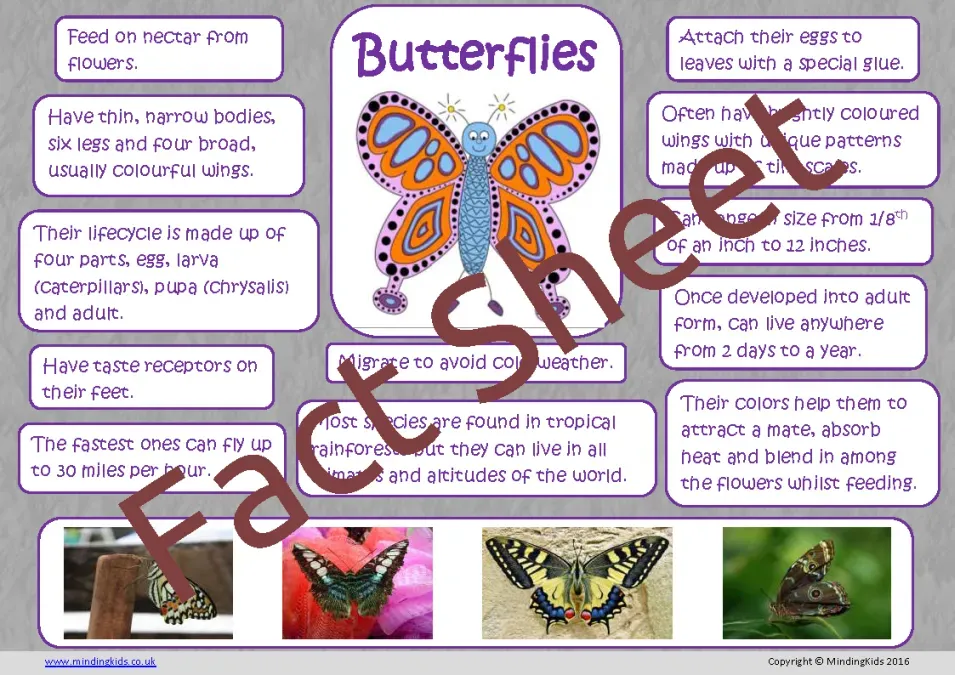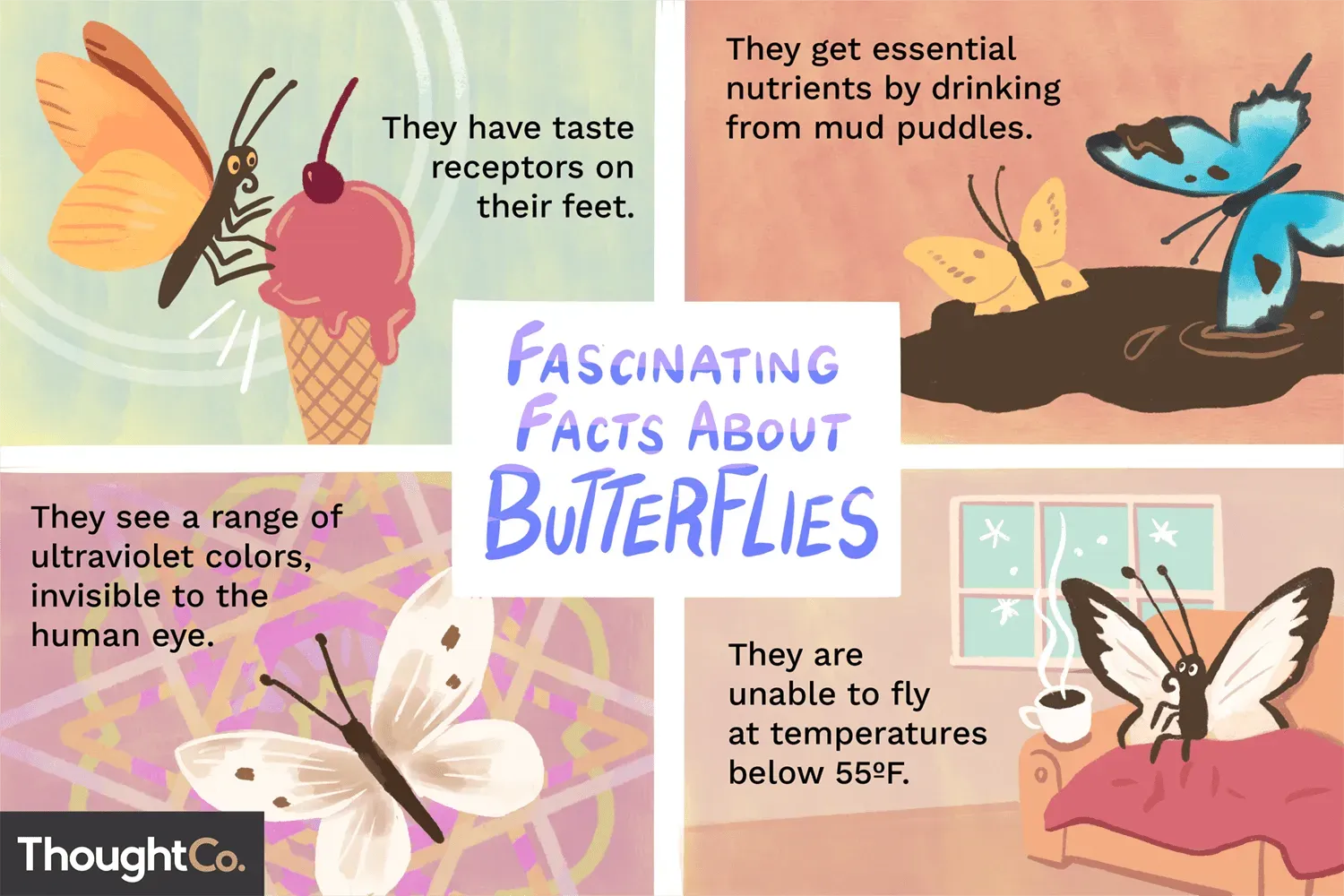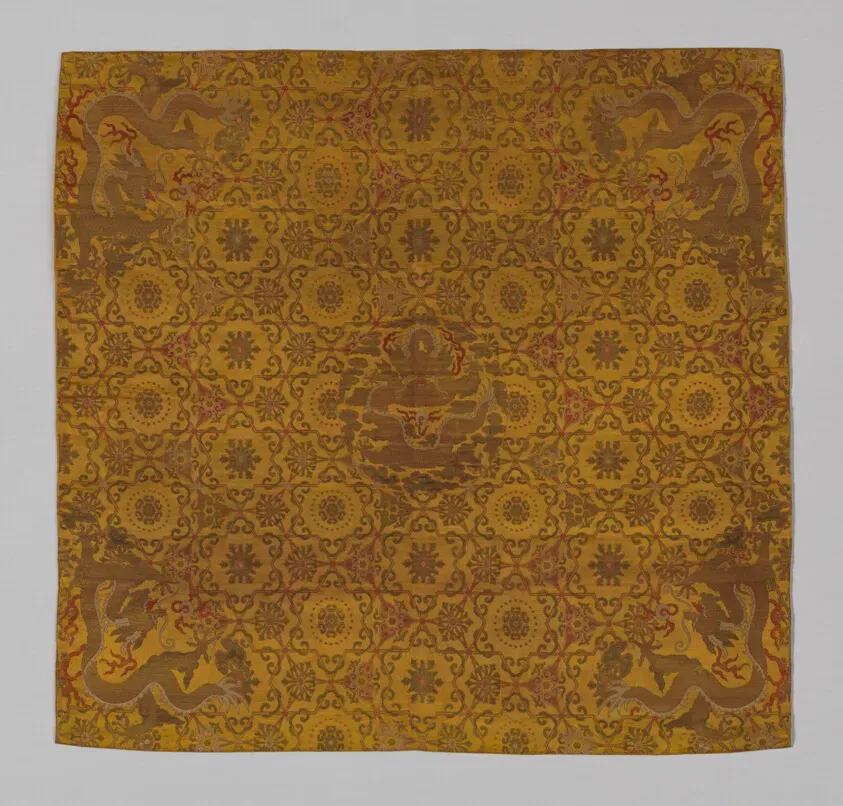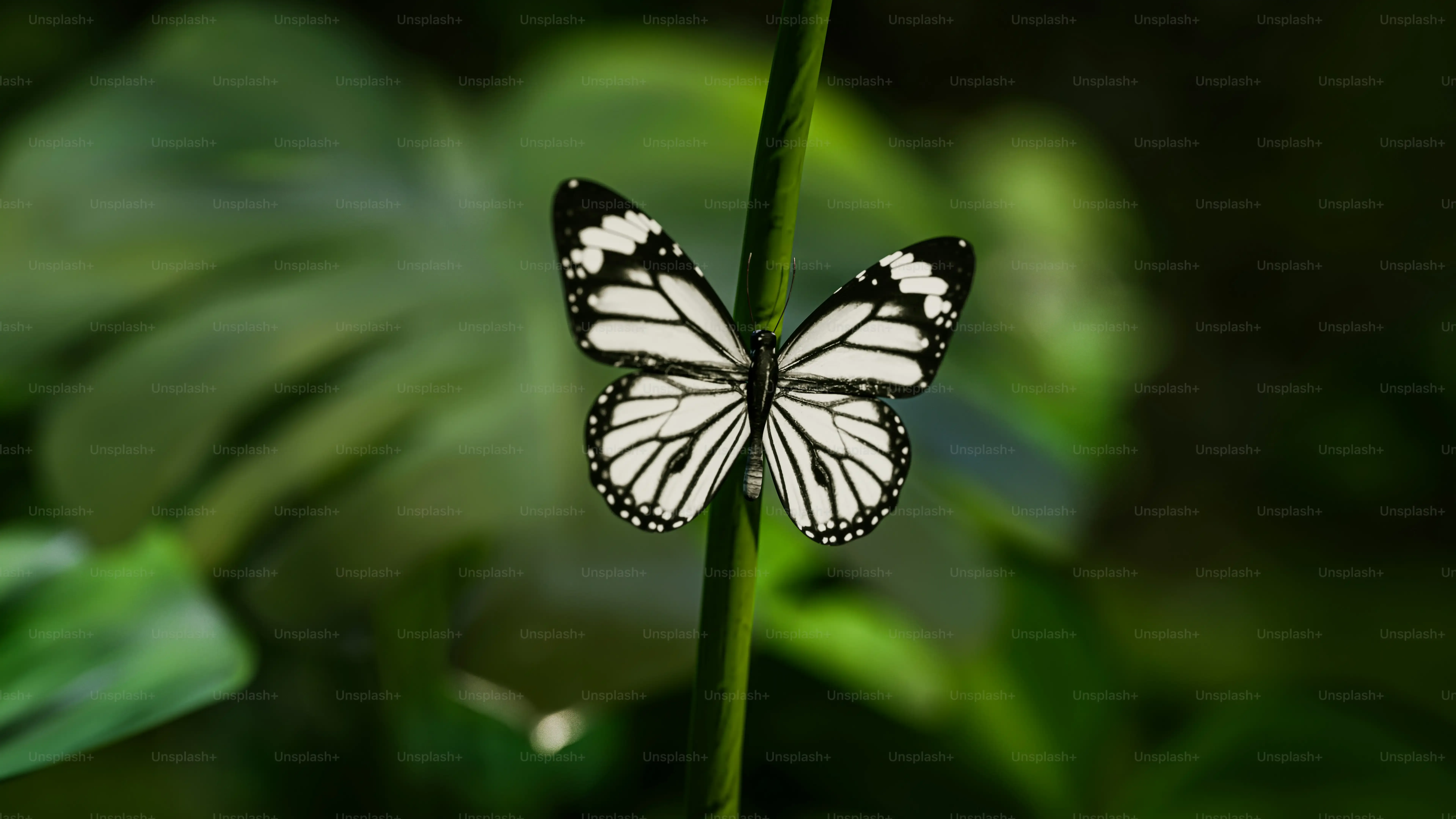Table of Contents
Most people see a butterfly and think, "Oh, pretty." They float by like winged jewels, all color and delicate flutter. You might snap a photo, maybe watch it land on a flower for a second, and then move on. We tend to file them under 'nice to look at' and don't give them much more thought. But what if I told you there's a lot more going on beneath those seemingly simple wings?
Uncovering a Core Butterfly Fact: Those Transparent Wings

Uncovering a Core Butterfly Fact: Those Transparent Wings
The See-Through Truth About Butterfly Wings
let's talk about the first of our 3 butterfly facts, and it's a bit of a mind-bender. You see a Red Admiral or a Monarch, and their wings are bursting with color – deep reds, bright oranges, stark black lines. You think, "Wow, what incredible pigments!" Makes sense, right? Like painting a picture. Except, that's not actually how it works. The core structure of a butterfly wing? It's largely transparent. Yep, see-through. The base material is chitin, similar to your fingernails but paper-thin, stretched over a delicate vein structure. If you somehow managed to strip away the next layer, you'd be looking right through it. Wild, isn't it?
So Where Does All That Color Come From?
If the wing itself is transparent, where do the dazzling patterns come from? This is where it gets really clever. The color isn't painted on with liquid pigment in the way we usually think. Instead, the wings are covered in thousands, sometimes millions, of tiny, overlapping scales. Think of them like microscopic shingles on a roof. These scales are what hold the color. Some scales *do* contain pigments, like melanin for blacks and browns. But the really vibrant, iridescent blues, greens, and purples? That's often structural color. It happens because of the way light hits the intricate, microscopic shapes and layers on the scales, scattering and reflecting only certain wavelengths. It's physics putting on a show, not just simple chemistry.
Think of it this way:
- The wing membrane itself is clear.
- Tiny scales cover the membrane.
- Scales contain pigments (like browns/blacks).
- Or, scales have structures that bend light (for iridescence).
- The combination creates the visible patterns we see.
Tasting with Their Toes? One of the Wildest 3 Butterfly Facts

Tasting with Their Toes? One of the Wildest 3 Butterfly Facts
Landing Gear or Taste Buds?
buckle up, because this next one is truly bizarre and another key piece of the 3 butterfly facts puzzle. You know how we use our tongues to taste things? Sweet, sour, bitter, salty? Well, butterflies have a different system entirely. When a butterfly lands on a potential food source, say a flower or maybe something less appealing like a puddle of questionable liquid, the first thing it does isn't unfurl its proboscis. Nope. It uses its feet. Specifically, its hind feet.
Their landing gear doubles as their primary taste sensors. Imagine landing on your lunch and deciding if it's good or not just by standing on it. It sounds like something out of a cartoon, but that's exactly what's happening. This is how they figure out if that flower nectar is the right kind, or if a leaf is suitable for laying eggs on for their future caterpillars. Pretty efficient, if a little weird from our perspective.
How Do They Taste With Their Feet?
So, how does this foot-tasting magic actually work? Their feet, particularly the tarsus segments (the very end part that touches surfaces), are covered in tiny sensory hairs. These aren't just for grip; they are chemoreceptors. Think of them as external taste buds. When these hairs touch a surface, they can detect dissolved sugars and other chemicals.
If the chemoreceptors on the feet signal that the substance is palatable or nutritious, then the butterfly knows it's worth sticking around to feed. If not, they simply fly off to find something better. It’s a direct, immediate test of the landing surface. No need for a preliminary sip with the proboscis; the feet do the initial quality check.
Putting Their Feet to the Test
This ability is particularly crucial for female butterflies. When it's time to lay eggs, they don't just pick any green leaf. They need to find the specific host plant species that their caterpillars can eat. A Monarch butterfly, for example, relies solely on milkweed. A female Monarch will land on a leaf and "taste" it with her feet to confirm it's milkweed before depositing her eggs. Laying eggs on the wrong plant would be a death sentence for her offspring.
For nectar feeding, while they eventually use their proboscis, the initial landing and foot-taste helps them quickly identify productive flowers. It’s a survival mechanism, ensuring they don't waste precious energy on plants that won't provide the necessary sustenance or support their next generation. Tasting with Their Toes? One of the Wildest 3 Butterfly Facts, but a vital one.
Migration Miracles: The Third Astonishing Butterfly Fact

Migration Miracles: The Third Astonishing Butterfly Fact
Epic Journeys on Delicate Wings
Alright, ready for the third of our 3 butterfly facts? This one always gets me. We've talked about see-through wings and tasting with feet, which are pretty wild, but now we're talking about travel. Not just flitting from one flower to the next in your garden. I mean *thousands* of miles. Like, continent-crossing distances. The Monarch butterfly is the poster child for this, flying from Canada and the northern U.S. all the way down to Mexico or California for the winter. Imagine that. A creature that weighs less than a gram, navigating its way over mountains, cities, and vast stretches of land, somehow knowing exactly where to go. It's not a single butterfly making the whole trip; it takes multiple generations to complete the round trip. The ones that fly south are the 'super generation,' living much longer than their summer counterparts, and *their* great-grandchildren are the ones that eventually start the journey back north the following spring. How do they know the way? It's one of nature's truly astonishing mysteries.
Beyond These 3 Butterfly Facts: Seeing Butterflies Differently

Beyond These 3 Butterfly Facts: Seeing Butterflies Differently
So, we've just dug into three genuinely wild 3 butterfly facts: their wings are fundamentally clear, they taste their world with their feet, and some undertake multi-generational migrations that make human road trips look like a walk to the mailbox. Pretty cool, right? It completely changes the picture from just a pretty bug on a flower. It makes you realize we barely scratch the surface when we observe these creatures. They're navigating complex environments, making crucial decisions based on sensory input we can't even imagine, and executing biological feats that still puzzle scientists. It’s a good reminder that even the most common, seemingly simple animals have layers upon layers of incredible biology and behavior waiting to be discovered, far beyond the obvious.
Beyond the Pretty Picture: Revisiting Those 3 Butterfly Facts
So there you have it. Those delicate wings aren't just painted scales; they're built on something invisible. Their dining etiquette involves stepping all over their food to decide if it's even worth a sip. And some of them undertake journeys that put human road trips to shame, navigating vast distances with a brain the size of a pinhead. These 3 butterfly facts aren't just trivia; they're a reminder that even the most common creatures hold surprising complexities. The next time you see one drift by, maybe you'll pause for a second longer, appreciating that there's a whole lot more going on than meets the eye.